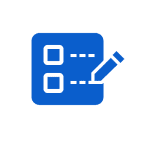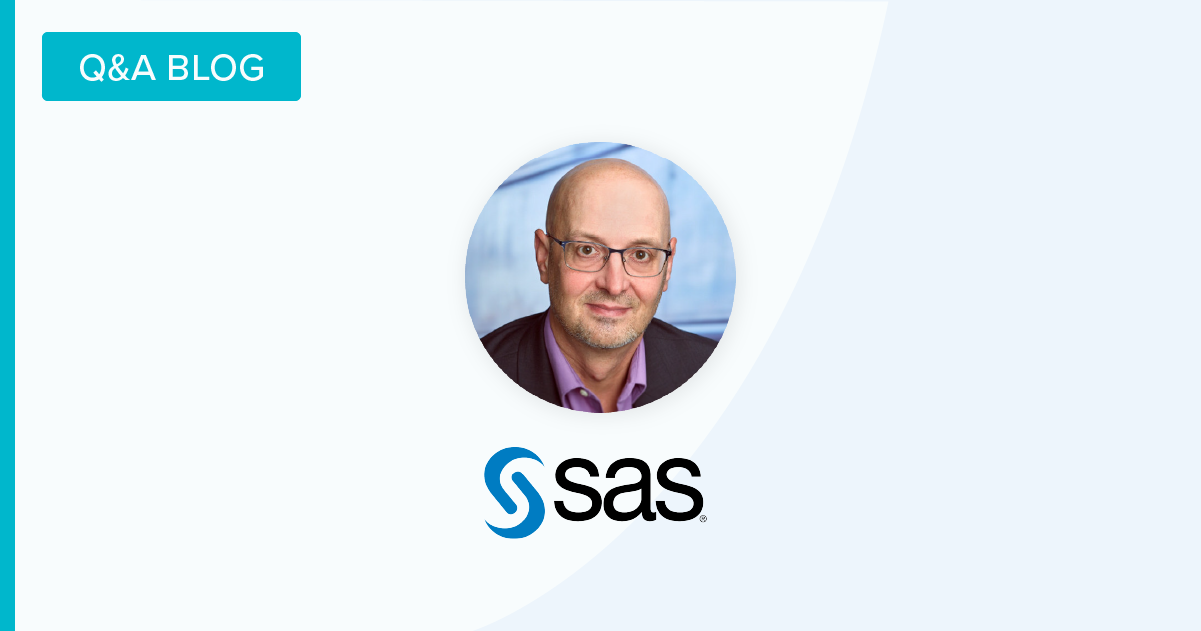Taking a customer advocacy program global is no small feat. As programs grow, it becomes more challenging to create personalized content that feels hyper relevant to each member. With customers spanning 5+ languages throughout Asia, EMEA, Latin America, and North America, SAS was faced with this unique challenge—especially as the program grew 394% in 2020.
Dean Shaw, Global Advocacy Program Manager at SAS, helped his team take home the 2020 BAMMIE award for “Best Emerging Program.” Despite these challenges, SAS has the strategy and teamsmanship in place to ensure that each and every member has an authentic and personalized experience.
In this Influitive Spotlight recap, read on to learn about SAS’ 70-20-10 content strategy, how to get internal buy-in for a global program, recruiting best practices and more.
How would you describe the SAS Analytics Explorers customer advocacy program?
SAS Analytics Explorers is where SAS customers gather to network with peers, learn about SAS products, develop their careers, find work and life inspiration, tell success stories, share best practices and shine as thought leaders in their field. The program spans Asia, EMEA, Latin America, Canada, and the US. By participating, members can share their feedback on the product, engage in friendly competition, improve their standing as thought leaders or earn points by doing acts of advocacy that can be exchanged for great rewards our members truly want.
How did you decide to take the program global?
After initial meetings with the Influitive team, which all of the global stakeholders attended, everyone wanted in and nobody wanted to stay on the sidelines. We launched in August 2019 and every market went live at the same time. It was a little nerve wracking getting it all done. But, when you’ve got a global team that was as motivated as we were, then it can be done.
How did the pandemic affect your 2020 program plans?
Heading into 2020, our plan was to start leveraging our live events, as that’s where we see customers in person and deeply identify and interact with them. When the pandemic hit, we had to brainstorm what we could do for our events. We had to immediately get creative knowing that we weren’t going to get back to live events anytime soon. It’s important to make sure you have a plan B and to not put all your eggs in one basket. Having multiple channels to interact and engage with your advocates (and recruit new ones), saved us. We doubled down on our other channels, which mainly included our advocacy program.
Tell us more about your 70-20-10 content strategy.
Essentially, 70% of the content we create can be used across all geographical markets. We meet with stakeholders in each market to come up with that content and ensure it can work across all markets effectively. It’s a very collaborative process and every stakeholder can participate and bring ideas to the table. The next 20% covers geographical needs and allows program managers in other markets to really own more personalized content. The remaining 10% is intended for highly localized content, which many include country-specific events, fun holidays and more.
Content creation is crucial to your advocacy program. If it isn’t there or isn’t compelling, your program simply won’t work and your members won’t engage. You have to give people a reason to come back to the program daily or weekly and engage with valuable content. We also devised it as content creation is not the sole responsibility of any SAS employee.
Why did you decide to focus on making localized content within the global program?
Imagine a scenario where we didn’t localize and kept all content generic. You can’t tell people they’re important to you and then present them something that’s not in their language. For example, you shouldn’t present a 4th of July activity to German members. It just wasn’t an option for us. You cant enter another country or market and not localize the experience.
Walk us through your initial recruitment process.
We did it in two phases. The first phase was more purposeful and aptly called “our friendlies.” We targeted our super fans, and found them through customer surveys where they provided us an NPS score of 10. This group was purposely kept small at about 50 customers. In phase one we collected unfiltered and unfettered customer feedback, which we used to plan phase two. Considered the “full launch,” we included CSAT survey participants with scores of 9 and 10. We also worked closely with our customer success teams and other customer-facing folks at SAS who could confidently recommend people to the program.
Tell us a bit about your rewards strategy.
We have found that there are differences in demand within each geographical market. For example in EMEA, they are more interested in swag items like socks and phone chargers. Those based in the US are more interested in training opportunities and certification discounts. Again, it all goes back to understanding localization and making sure that you’re providing the content and rewards that people really want. Conversely, we’ve found that some members don’t even need or want to redeem gifts. They just love being part of the advocate community; they enjoy having the content and opportunity to learn alongside their peers.
How do you keep stakeholders informed about the success of the program?
Before launch, we were overcommunicating with every business group that we thought needed to know about the program. We knew it was critical to get buy-in and participation from various groups throughout SAS. For most of these people, we’re still talking to them about various parts of the program. We don’t have to talk to everybody every week, but there are some who need to stay in the loop to some degree to understand the program and be reminded that the program exists (and most importantly, that the program is having an impact). I am grateful to work alongside teams that are ridiculously enthusiastic about this program and are all bought in.
What are some of the KPIs you use to measure success?
In our first year, we had two KPIs: recruitment and engagement. It is all that mattered to us and what we communicated externally. Internally, we dug deep into recruitment trends across each channel we were using to see what was truly working. When it came to engagement, we looked at the activities of our most engaged users and doubled down on challenge completions. If we were ever unsure, we’d draft a survey and put it out to our advocates. If you ask, they will tell you; simple as that!
In year two, our program metrics still touched on recruitment and engagement but we layered more advocacy/business metrics like the number of references completed, referrals submitted and how the program is facilitating renewals.
—
Listen to the full webinar recording to hear more of Dean’s insights and to get a closer look at the SAS Analytics Explorer program. Be sure to check out our events page for upcoming customer spotlights and more.












































